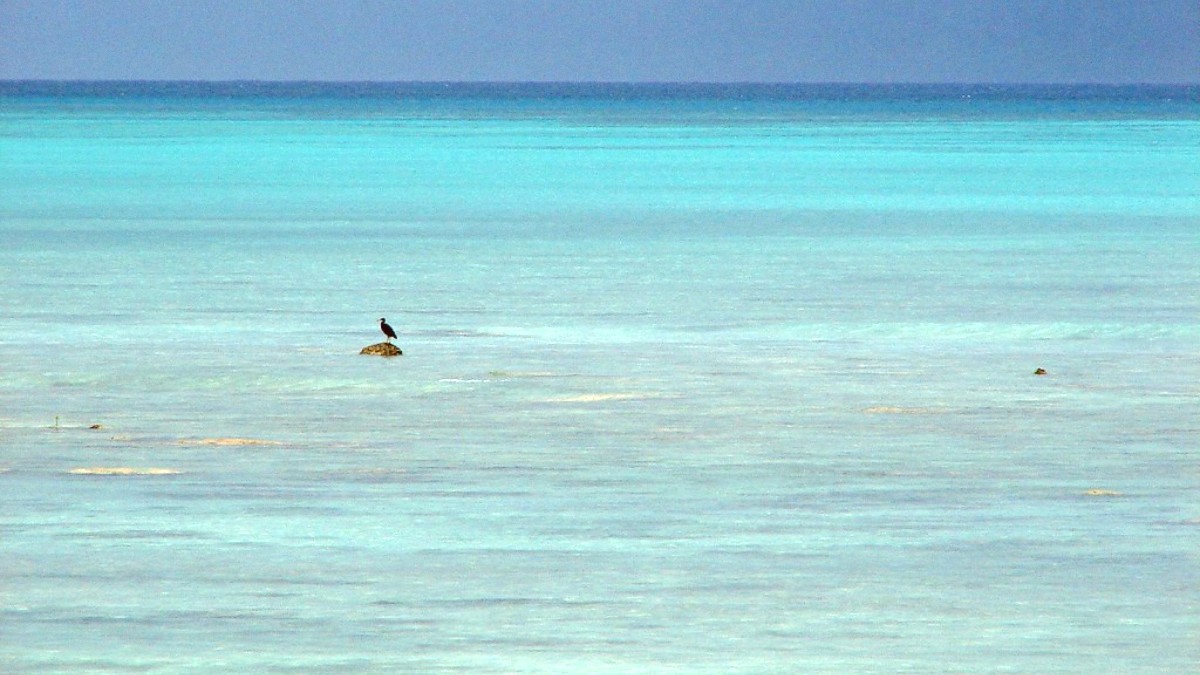
Andaman And Nicobar Islands, India
Andaman and Nicobar Islands cuisine has strong influences from Bengali, South Indian, and Burmese traditions. This reflects the diverse migrant population that settled on the islands.
Fresh seafood (lobster, crab, fish, prawns) takes center stage. Coconut is a widely used ingredient, providing a creamy base for many curries. Rice is the staple. Tropical fruits and local spices are abundant. Flavors balance spicy, tangy, and subtly sweet notes. Coconut milk provides richness, while fresh herbs and spices contribute depth and aroma.
Eating with your right hand is common in local eateries. Cutlery is always available in tourist-oriented restaurants.
Dishes are often ordered for sharing among diners, promoting a communal experience.
A tip of 5-10% is appreciated for good service if a service charge is not already on the bill.
The ultimate culinary experience. Indulge in grilled fish, tandoori prawns, crab curry, or succulent lobster. Restaurants display the day's fresh catch. Available at most restaurants near the beach or Village No. 3.
Find at: Most restaurants, especially beachside ones.
Local fresh fish cooked in a flavorful gravy, often with coconut milk and regional spices.
Find at: Local eateries and many restaurants.
Marinated local fish, seasoned with spices, fried to crisp perfection. A simple yet flavorful dish.
Find at: Seafood restaurants, some local stalls.
Havelock has limited traditional street food beyond small stalls. Vendors sell chai (spiced tea) or basic Indian snacks like pakoras.
Beyond fresh fruits, iconic Indian sweets are more common in Port Blair's markets rather than on Havelock. Restaurants offer standard desserts.
Havelock Island offers select venues for a luxurious culinary experience. These establishments provide a refined ambiance and diverse menu choices.
These popular spots balance comfort and cost, suitable for various travelers seeking quality meals in a relaxed setting.
For economical dining, local eateries and dhabas present affordable options. Seek out places with high local turnover for fresh and authentic food.
Havelock Island does not have dedicated food halls. A small local market in Village No. 3 sells fresh produce and sometimes basic cooked food.
Glimpse into local life and fresh ingredients.
This market serves a functional purpose for residents rather than being a major tourist food destination.
Best for fresh produce, not a food hall experience.
Available at many resorts.
Offered by resorts and standalone restaurants.
Menus cater to diverse international tourists.
Found in some resorts.
Halal food may be available in some restaurants catering to Muslim clientele, more commonly in Port Blair. Less common on Havelock.
Check directly with restaurants for options.
Kosher food is generally not available. Travelers requiring kosher meals should plan accordingly, perhaps by bringing their own prepared foods.
Bring your own if required.
Direct communication with restaurant staff is the best approach. Be polite and patient when explaining your dietary requirements.
For severe allergies, consider contacting your accommodation or specific restaurants in advance to discuss menu options.
Formal, widely organized cooking classes or food tours are not a main offering.
Opportunities for farm visits or food producer tours are limited.
Havelock does not host specific food festivals unique to the island.
Some larger resorts might periodically arrange cooking demonstrations of local cuisine for their guests.
Ask at your resort reception.
A simple way to support local families.
Consider a good quality Underwater camera for capturing marine life during snorkeling or diving.
A reliable Waterproof phone pouch protects your smartphone while photographing underwater.
When choosing seafood, inspect the fresh catch displays. The fresher the catch, the better the meal.
For best results, visit restaurants with high local foot traffic during peak meal times; this often signals fresh ingredients and popular dishes.